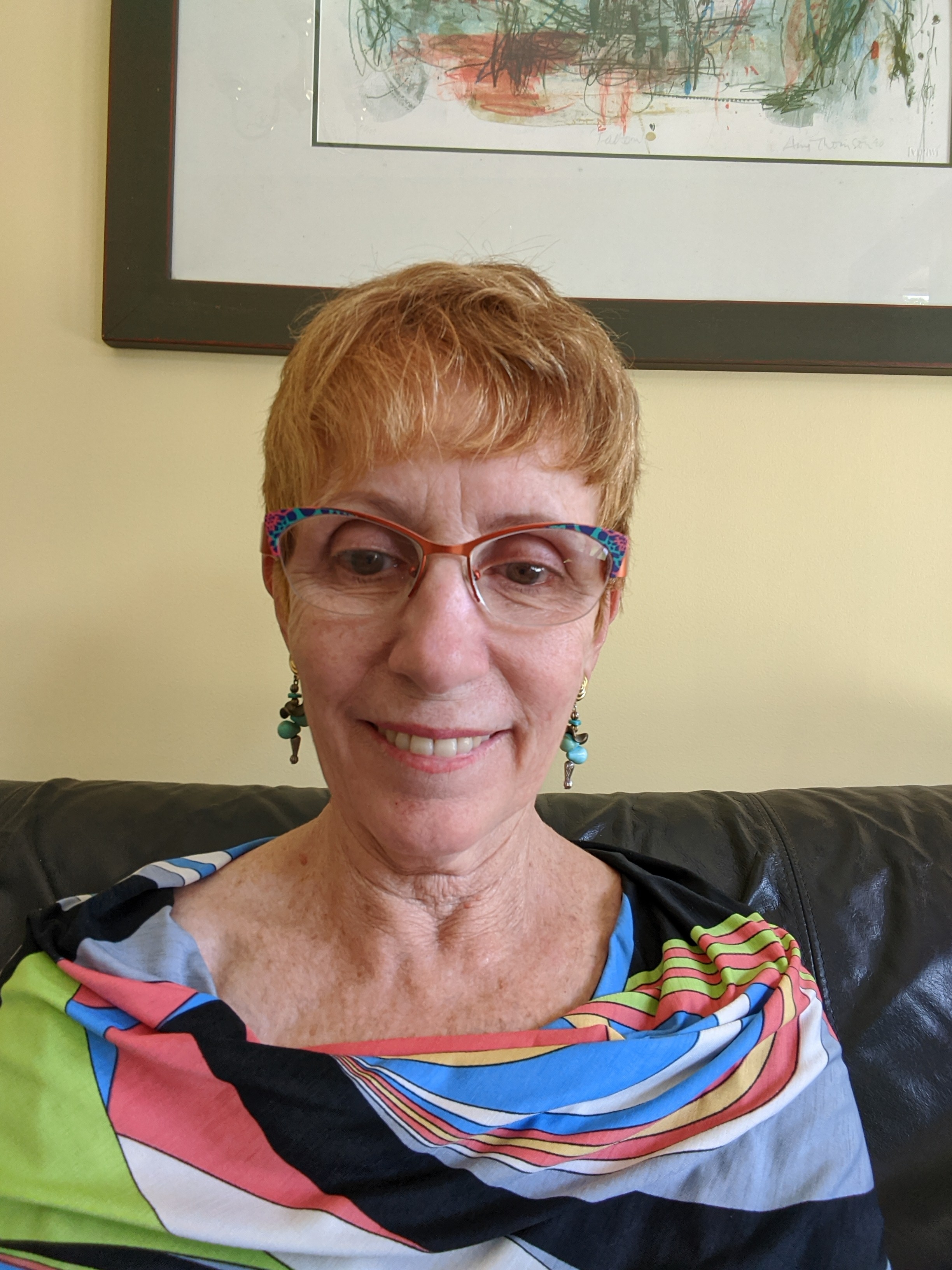Children and self-harm hospitalisations – an indictment on society
- suem08

- Oct 17, 2021
- 2 min read

Over the last decade the rates of hospitalisation for intentional self-harm have more than doubled for girls and increased by almost 70% for boys under the age of 14 years according to figures released this week by the AIHW Suicide and Self-harm Monitoring System. Similar information is not available for Indigenous children in this age group but for those in the 15-19 year age group the rates have more than doubled among Indigenous males and females.
This makes the release of The National Children’s Mental Health and Wellbeing Strategy not only timely but essential. Finally, albeit late, we have a document that speaks to prevention of mental ill-health, that recognises the importance of the first 2,000 days as being critical to future development and also recognises the need for support to be given to parents.
For the children who are self-harming there will be a multiplicity of factors influencing this behaviour and necessitating the wide-ranging responses given in the Strategy. What is pleasing is that it recognises the importance of health services being ready willing and able to meet the needs of these young people. It is this component to the Strategy that I think can be addressed most readily.
The Zero Suicide Healthcare framework is already being implemented in three states - Queensland, New South Wales and South Australia. This framework focuses on building capacity within health services through leadership, training and data informed improvements coupled with designing pathways to care that are consistent and take account of the person and the context in which they are living. Integral to the success of quality service delivery is the participation of those with lived experience. Understanding how services have met their needs, or not, and how this could be improved.
While the integration of lived experience is well accepted in the design of programs and services, at the coalface the reality is perhaps not so well implemented. Breaking down barriers and giving licence to those with lived experience to make decisions does not always sit easily with health service and clinical leadership. I suspect this will be even more challenging when it comes to involving young people in the design, delivery and evaluation of services.
In a recent conversation with a friend whose young son has high levels of anxiety she expressed deep concerns and frustration at the difficulty she found in navigating the mental health system. This young woman is a very experienced and successful advocate in another area of healthcare and was totally dismayed at the challenges she found in navigating the system and finding help for her son, herself and her family members.
I sincerely hope that the next decade of reports on self-harm hospitalisations for children under the age of 14 years shows a very different picture to this week’s report. To me, it is an indictment on society that children so young should be experiencing such levels of distress. While the other areas of the Strategy will take time to take effect, we can move immediately on the healthcare system. We have a continuous quality improvement framework with evidence to show it works. Let’s adopt this approach and ask the young people to help us adapt it to ensure that training and service delivery meet their needs.




Great article, Sue. Our health services may well be seeing children and young people who are suicidal and there is a real opportunity to identify this and provide care earlier in their lives.